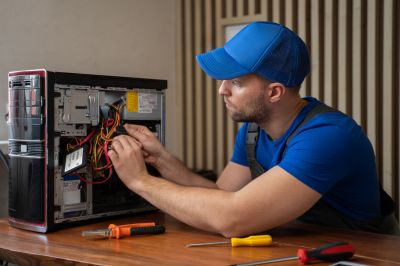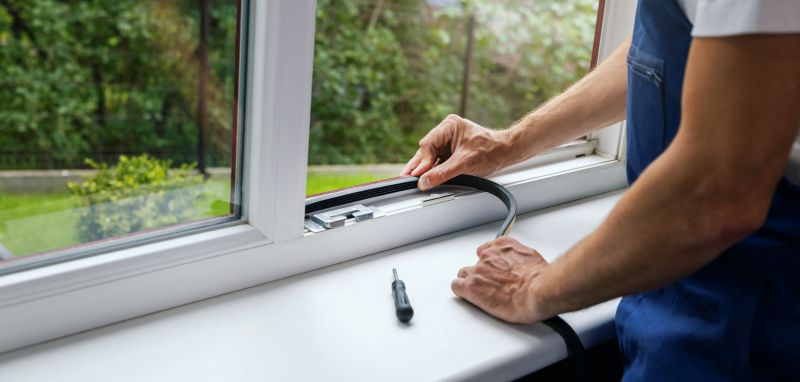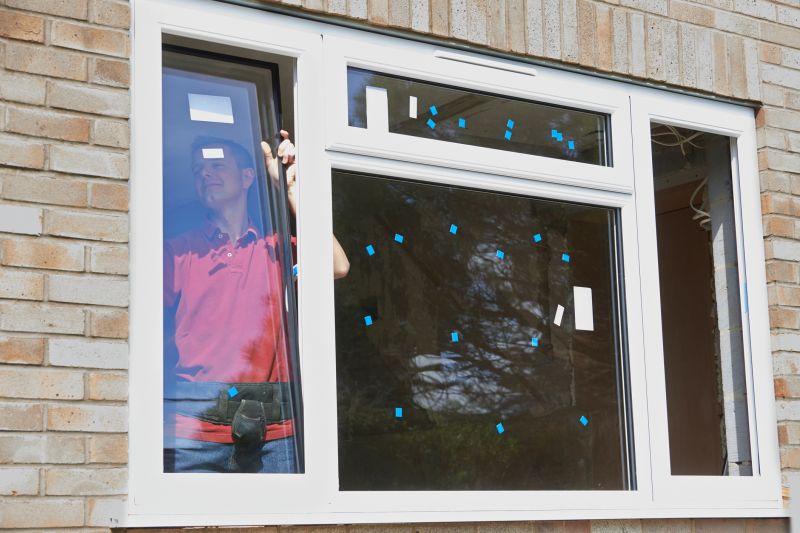Optimal Timing for Windows Installations
Choosing the optimal time for Windows installations can ensure minimal disruption and optimal performance. Factors such as system readiness, software updates, and user availability influence the ideal timing for installations.
Spring and fall are often preferred due to moderate weather conditions and fewer business disruptions, making them suitable for major updates.
Scheduling during off-peak hours or seasons minimizes impact on productivity and allows for thorough testing.
Ensure hardware compatibility and backup data beforehand to prevent data loss and reduce downtime.
Large updates are best during planned maintenance windows or weekends when user activity is lower.

Technicians performing Windows setup on a desktop computer.

IT professional checking hardware compatibility before installation.

Screen showing Windows update progress.

Employee learning new Windows features after installation.

Server hardware being configured for Windows Server installation.

Data backup process prior to Windows installation.

IT specialist verifying system stability after setup.

Scheduled maintenance activity for Windows updates.
| Timing Aspect | Details |
|---|---|
| Hardware Compatibility | Ensure hardware meets Windows requirements before installation. |
| User Availability | Schedule during times when users are least active. |
| Software Compatibility | Verify that essential applications are compatible with the new Windows version. |
| System Backup | Complete backups to prevent data loss. |
| Update Schedule | Plan for updates to be installed immediately after Windows setup. |
| Maintenance Windows | Align installations with planned maintenance periods. |
| Network Readiness | Confirm network stability for large downloads and updates. |
| Support Availability | Ensure technical support is accessible during installation. |
Windows installations are critical for maintaining system security, compatibility, and performance. Proper timing helps reduce downtime, prevent data loss, and ensure smooth transitions. Regular updates and installations contribute to system stability and security, making timing a key consideration for effective management.

Technician performing Windows setup on a workstation.

Data being backed up prior to installation.

Configuring Windows settings after installation.

Employee testing the new Windows environment.

Ways to make Windows Installations work in tight or awkward layouts.

Popular materials for Windows Installations and why they hold up over time.

Simple add-ons that improve Windows Installations without blowing the budget.

High-end options that actually feel worth it for Windows Installations.
For those interested in scheduling Windows installations or seeking professional assistance, filling out the contact form provides a straightforward way to initiate the process. Proper planning and execution can improve system performance and security.




